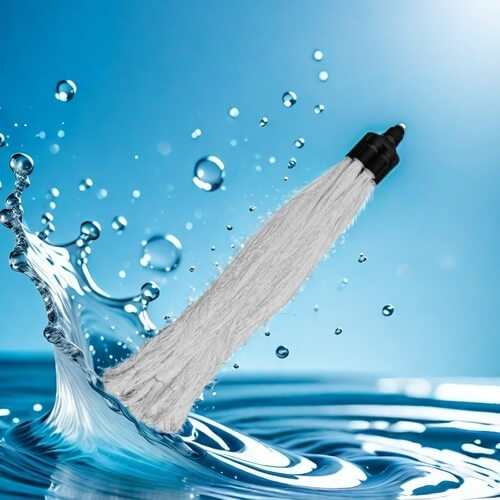Will sewage treatment plants remove pharmaceuticals?
The ability of wastewater treatment plants to remove pharmaceuticals and their metabolites is a topic of increasing concern. As the use of antibiotics and other drugs in daily life increases, the potential impact of residual pharmaceutical ingredients in sewage on the environment and public health has become increasingly significant. This article will explore how wastewater treatment plants remove pharmaceuticals and their effectiveness.
The source of the drug
The main ways for drugs to enter the sewage treatment system include:
Hospital wastewater: patient excrement and wastewater generated during medical operations.
Residential life: Families discard expired drugs or excrete them through excretion.
Pharmaceutical industry: drug residues that cannot be completely removed during the production process.
The concentration of these drugs in sewage varies depending on the region and usage. In some areas, the concentration of antibiotics can even reach thousands of nanograms per liter (ng/L).
Stages of sewage treatment
Wastewater treatment is usually divided into three stages:
Primary treatment: mainly removes suspended solids and large particle pollutants through physical methods.
Secondary treatment: The use of biological methods to further remove dissolved organic pollutants, usually using the activated sludge method.
Third-level treatment: In-depth treatment of refractory organic matter, nitrogen, phosphorus, etc. to achieve higher water quality standards.
During these processes, drug removal effectiveness varies depending on its chemical nature and wastewater treatment process.

Drug removal effect
First level processing
Primary treatment mainly relies on precipitation and filtration, which usually has limited effect on drug removal. Most drugs will still remain in the effluent because many drugs are in a dissolved state and cannot be easily removed by simple physical methods.
Secondary processing
Secondary treatment is the most critical step in sewage treatment. Research shows that some antibiotics can be degraded by microorganisms at this stage. For example, the activated sludge method shows high removal rates for certain types of antibiotics (such as β-lactams), even reaching more than 90%. However, for some other antibiotics (such as clindamycin), a “negative removal” phenomenon may occur, that is, the concentration in the effluent is higher than the incoming water, which may be related to the generation of its metabolites
Level three treatment
Tertiary treatment is mainly used to remove refractory organic matter and specific pollutants. The use of advanced oxidation technology or membrane filtration technology can significantly improve the removal efficiency of drugs. Studies have shown that the removal rate of antibiotics by these methods can reach more than 90%.
in conclusion
Overall, conventional wastewater treatment plants face challenges in removing pharmaceuticals. While secondary and tertiary treatments can effectively reduce the concentration of some drugs, not all drugs can be completely removed. In order to improve the removal efficiency of drugs and their metabolites in sewage treatment plants, it is necessary to continuously optimize existing processes and introduce new technologies, such as advanced oxidation and membrane technology, to deal with the increasingly serious drug pollution problem. This not only helps protect the ecological environment, but also better safeguards public health.
